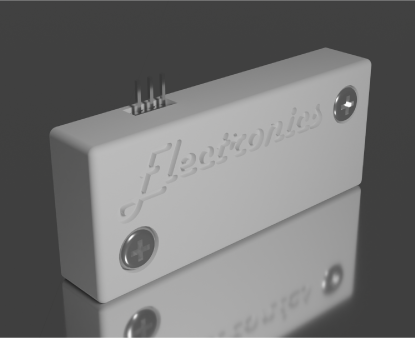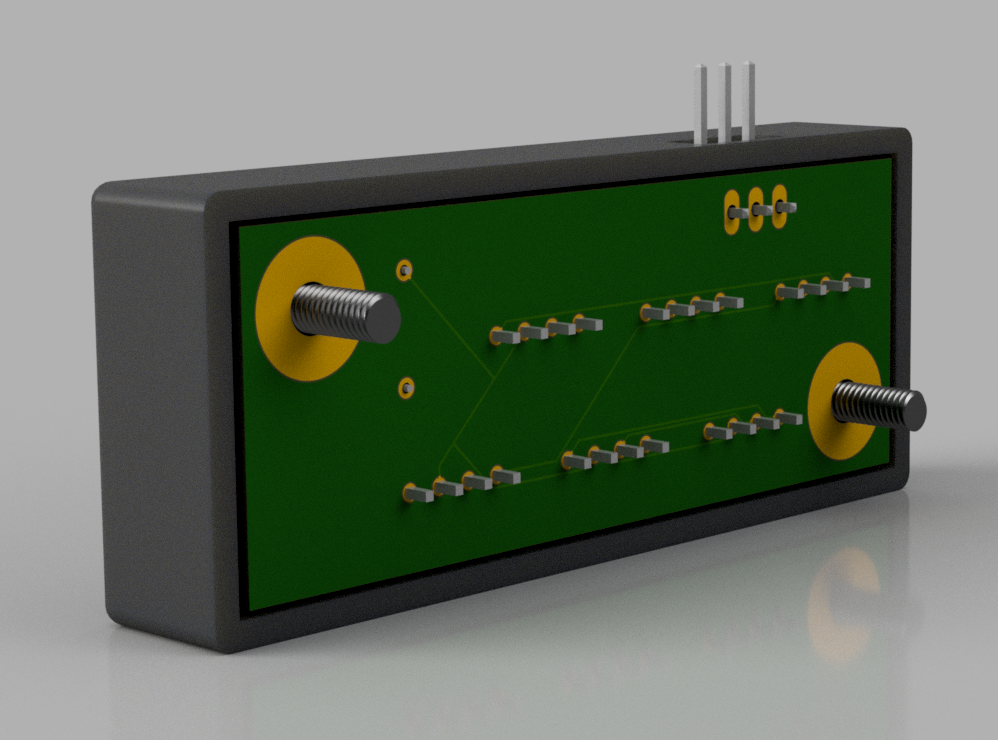There are several types of 3D printing technologies, also known as additive manufacturing, each with its own unique characteristics and applications. Here are some of the commonly used types of 3D printing:
- Fused Deposition Modeling (FDM)/Fused Filament Fabrication (FFF): FDM is one of the most popular 3D printing methods. It works by melting and extruding a filament of thermoplastic material through a nozzle, which then solidifies to create the desired object layer by layer. FDM/FFF printers are widely available and commonly used for prototyping, hobbyist projects, and low-cost production.
- Stereolithography (SLA): SLA utilizes a liquid photopolymer resin that is cured using a UV laser or other light sources. The resin is selectively exposed to light, solidifying the material layer by layer to create the final object. SLA printing is known for its high level of detail and accuracy, making it suitable for applications such as jewelry, dental models, and small-scale production of high-resolution parts.
- Selective Laser Sintering (SLS): SLS involves the use of a high-powered laser that selectively fuses powdered material, typically polymers or metals, to create 3D objects. The printer spreads a thin layer of powder, and the laser sinters the particles together based on the pattern generated by the 3D model. SLS can produce functional and durable parts and is often used for rapid prototyping and small-batch production.
- Digital Light Processing (DLP): DLP is similar to SLA, but instead of using a laser, it employs a light source, such as a projector, to selectively cure a liquid resin. The light source projects a complete layer onto the resin, and the exposed areas solidify. DLP printers can offer faster printing speeds compared to SLA and are suitable for applications that require high resolution and smooth surface finishes.
- Selective Laser Melting (SLM)/Direct Metal Laser Sintering (DMLS): These 3D printing methods are used for metal additive manufacturing. SLM and DMLS use a high-powered laser to melt and fuse metal powders together, creating fully dense metal parts. They are utilized in industries such as aerospace, automotive, and medical, where high-strength, complex metal components are required.
- Electron Beam Melting (EBM): EBM is another metal additive manufacturing technique that uses an electron beam to melt and fuse metal powders. Similar to SLM/DMLS, EBM is capable of producing strong metal parts and is often employed in aerospace and medical industries for manufacturing critical components.
These are just a few examples of the various 3D printing technologies available. Each method has its own advantages, limitations, and applications, and the choice of technology depends on factors such as the desired materials, level of detail, speed, and cost considerations.



